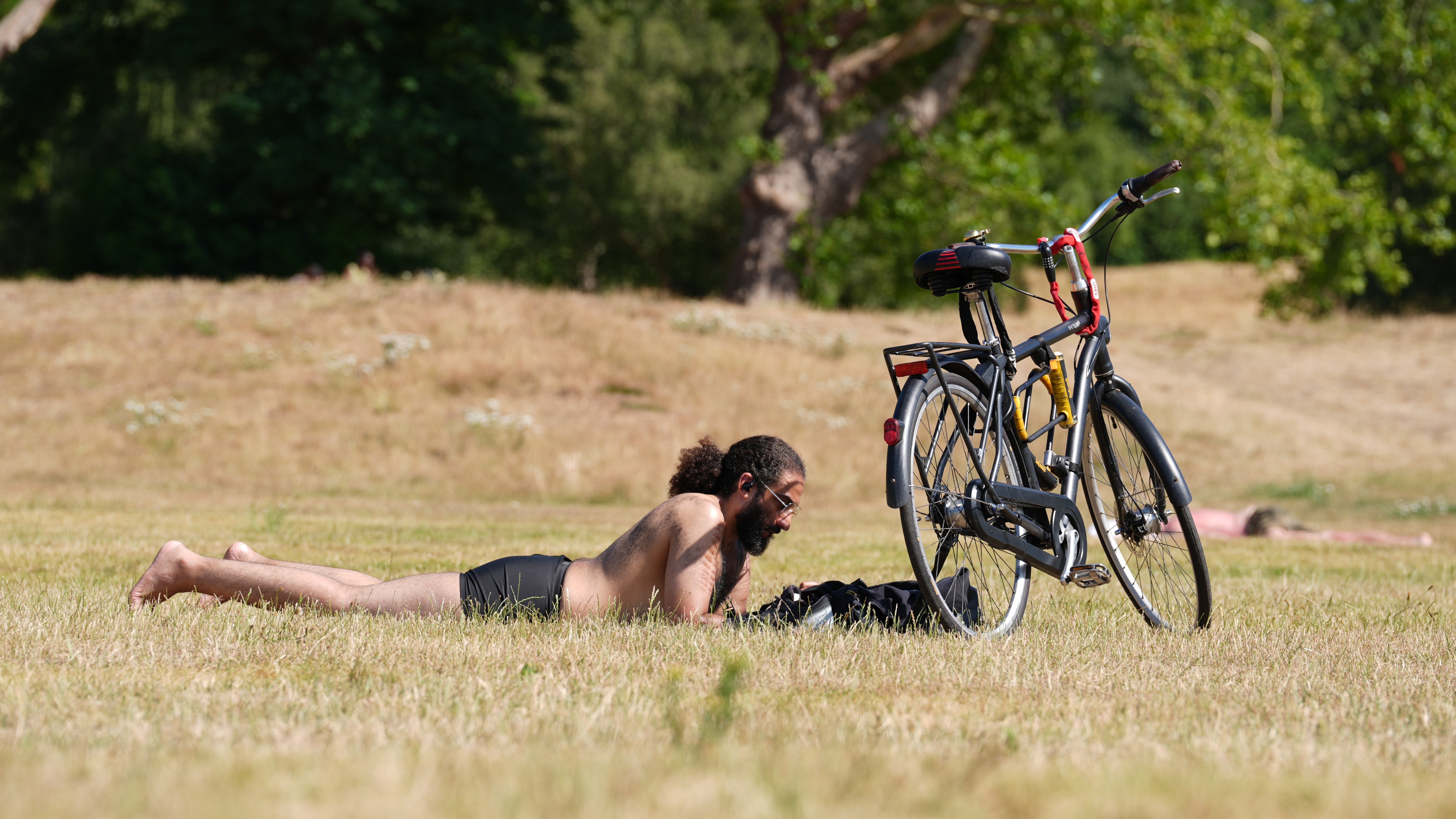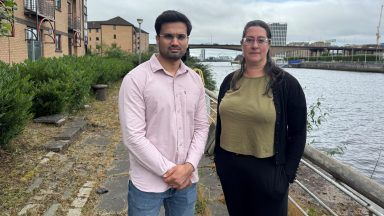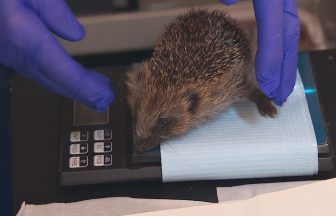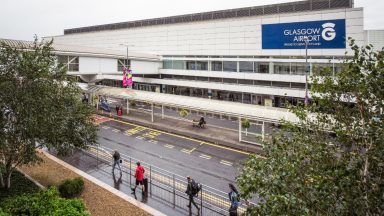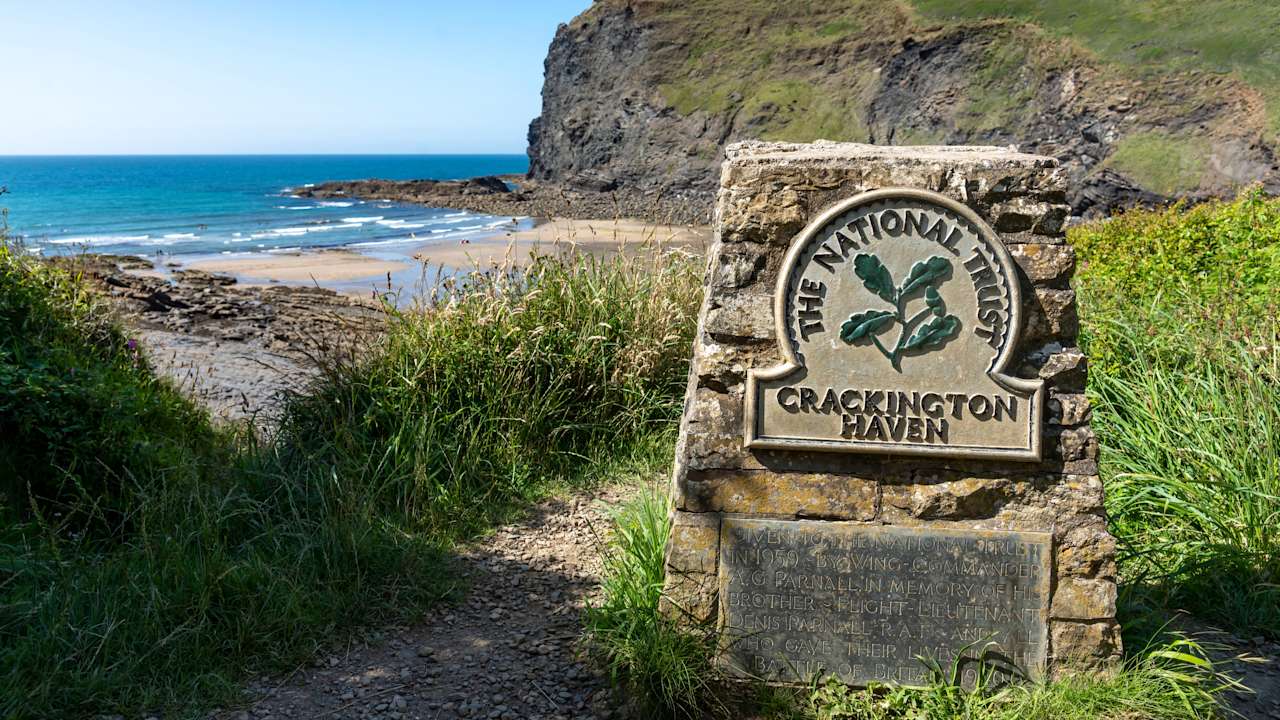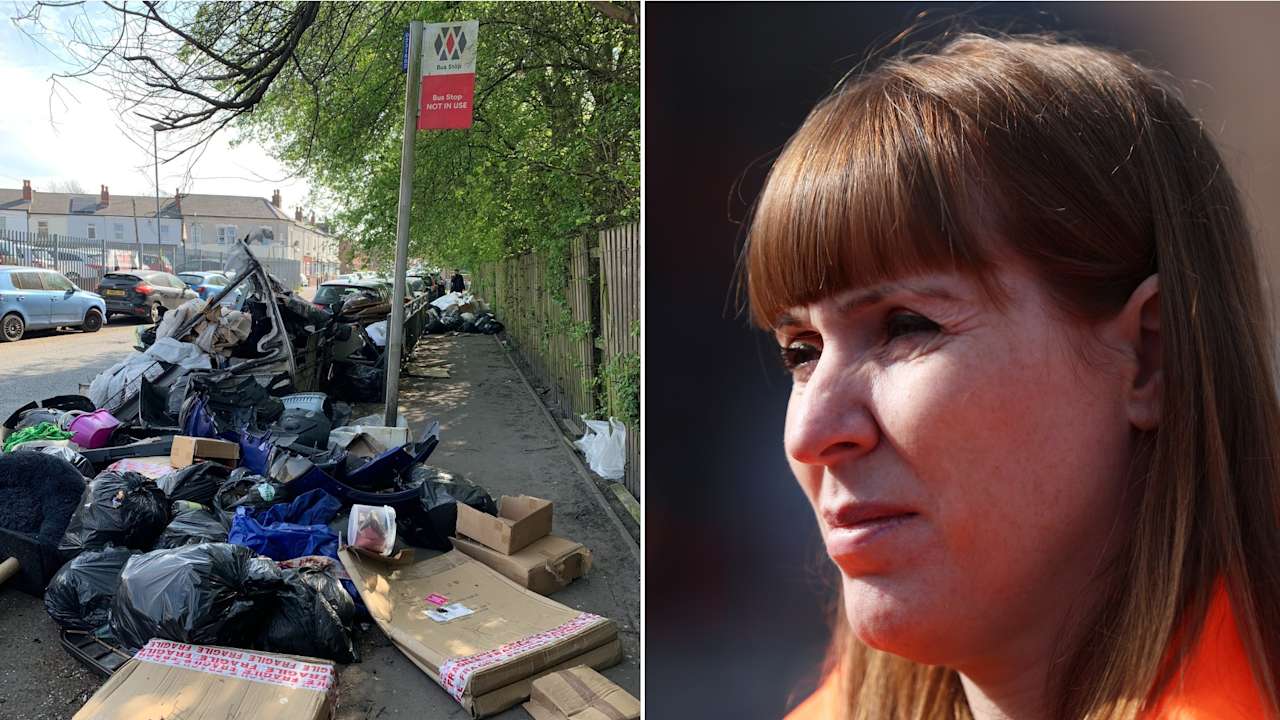A fresh heat health alert has come into force across England, as a third heatwave hits the UK in four weeks.
The third heatwave of the year hit parts of the UK on Friday.
Each heatwave has been different so far, affecting different parts of the country, but this one stands out as it is likely to be the longest and most widespread.
Friday will be a hot and increasingly humid day, and it’s not just the temperatures that are high, UV levels are high and pollen levels are high for many too.
At least our coasts will offer some respite from the heat.
England and Wales are seeing the hottest temperatures on Friday, but on Saturday this heat extends into Scotland and Northern Ireland.
Parts of Scotland could have their first 30C of the summer this weekend.
The UK’s highest temperature of the year so far was reached during our second heatwave, on July 1 in Faversham, Kent, when a temperature of 35.8C was recorded.
Will this heat last?
The current heatwave is likely to end through Monday and into Tuesday.
Sunday will gradually start to turn a little cooler and cloudier in the north and east and by Monday we see the risk of some showers and thunderstorms in places.
This breakdown continues into Tuesday. So as we head into next week we will see a change. A signal for something less hot and turning unsettled from the west.
However, this change may only be short lived because warmer conditions could return later in the week, especially across South East England, as high pressure tries to build back in.
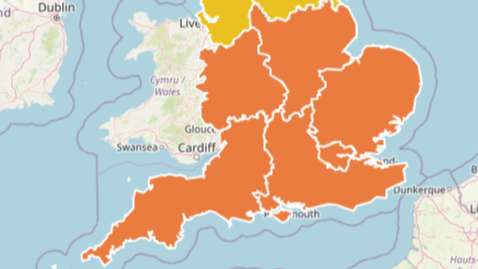
The UKHSA has now issued an Amber heat health alert which affects East Midlands, West Midlands, South East, South West, East of England and London.
A Yellow alert affects North East, North West and Yorkshire and The Humber. Alerts start 12pm Friday July 11, ending 9am Monday July 14.
These alerts are triggers for our health and social care services. The heat as you can imagine is likely to increase demand on their teams.
Consecutive days of heat
It looks like we could have 12 days in a row of temperatures above 30C by July 14 this year.
The night time temperatures are also becoming generally higher, with 10 tropical nights (20C+) reported in the first half of this summer. Whilst five days or more of 30C+ isn’t uncommon, it’s happening more often in recent years.
The only other summers I can see with this kind of heat wave pattern (three separate heat waves before the midpoint of summer) were 1995, 2018 and 2022.
Follow STV News on WhatsApp
Scan the QR code on your mobile device for all the latest news from around the country


